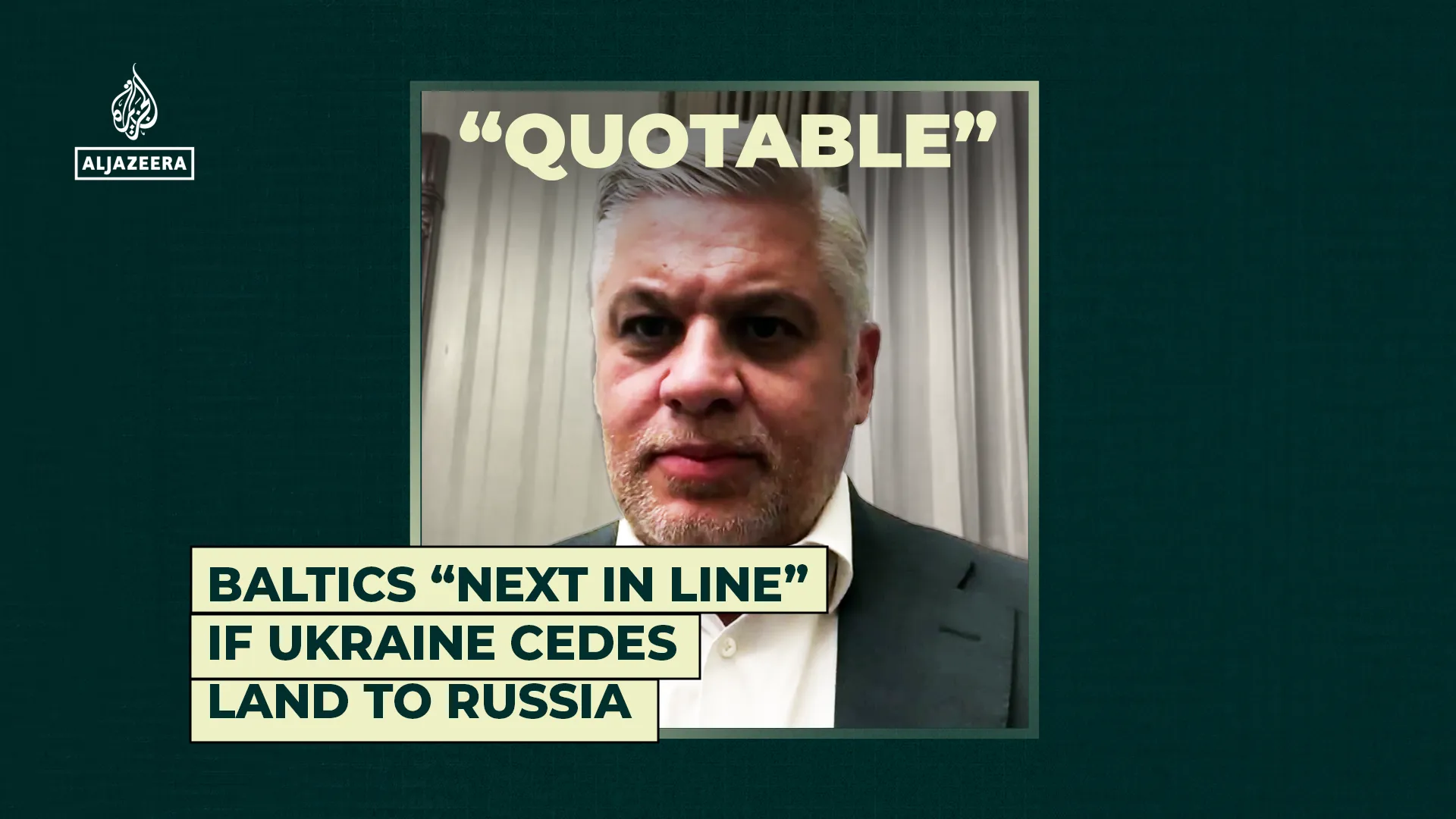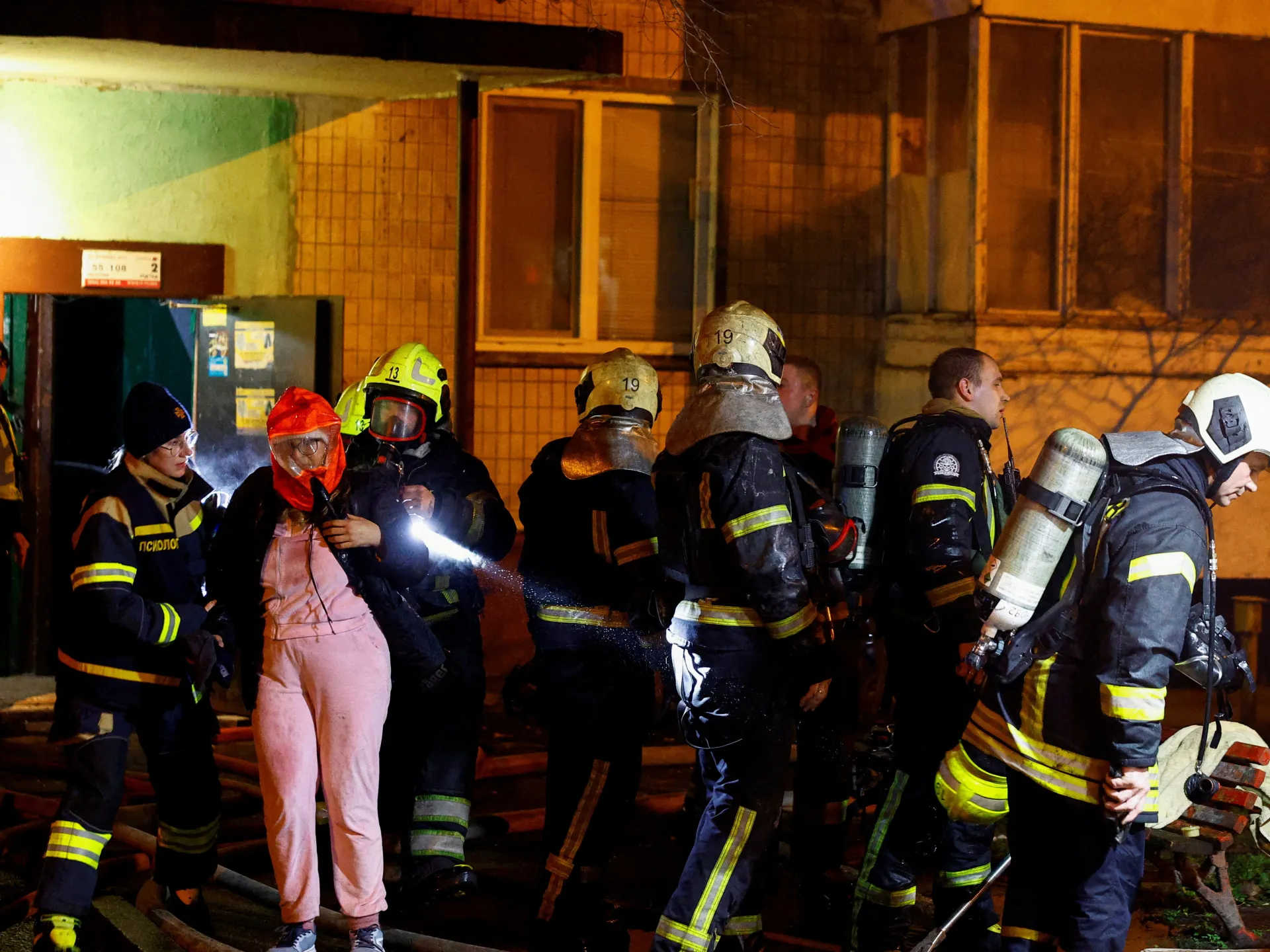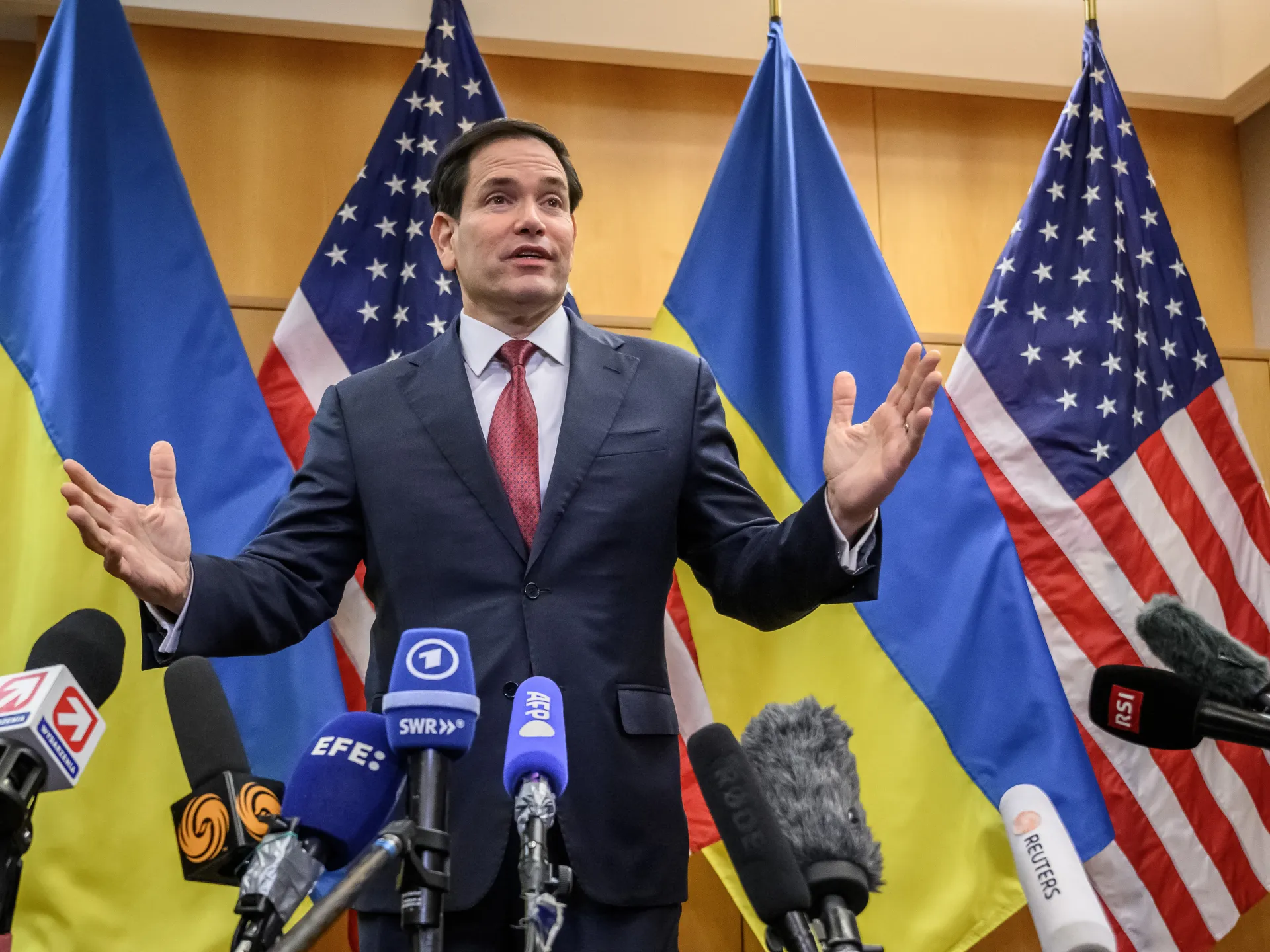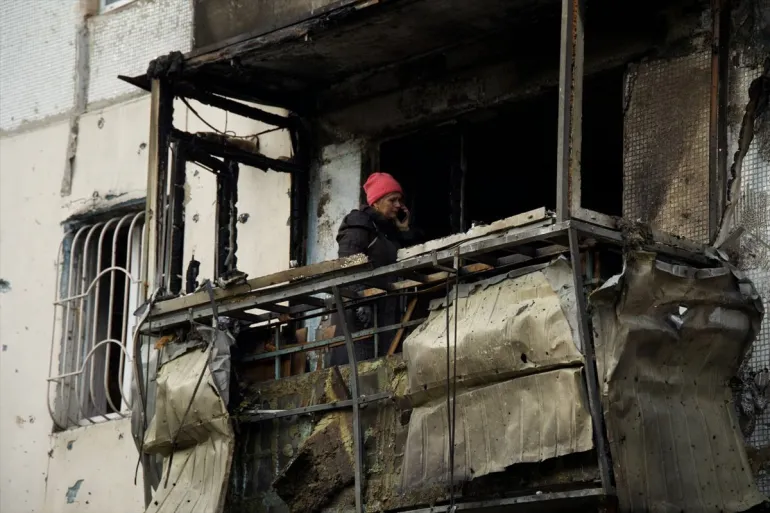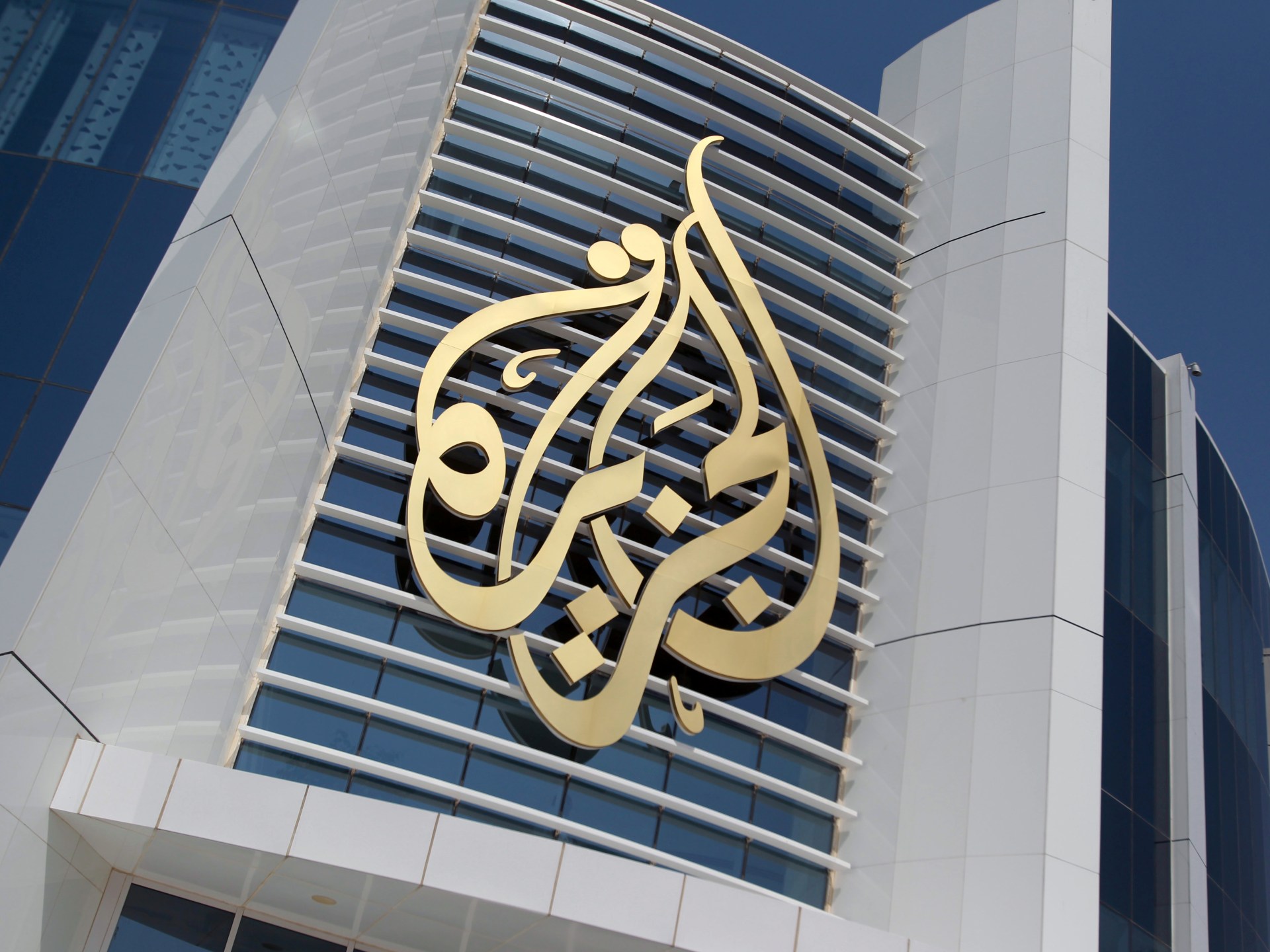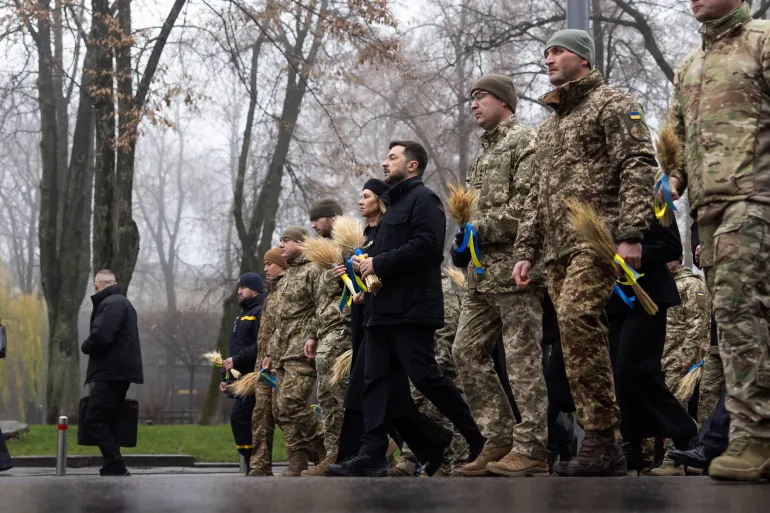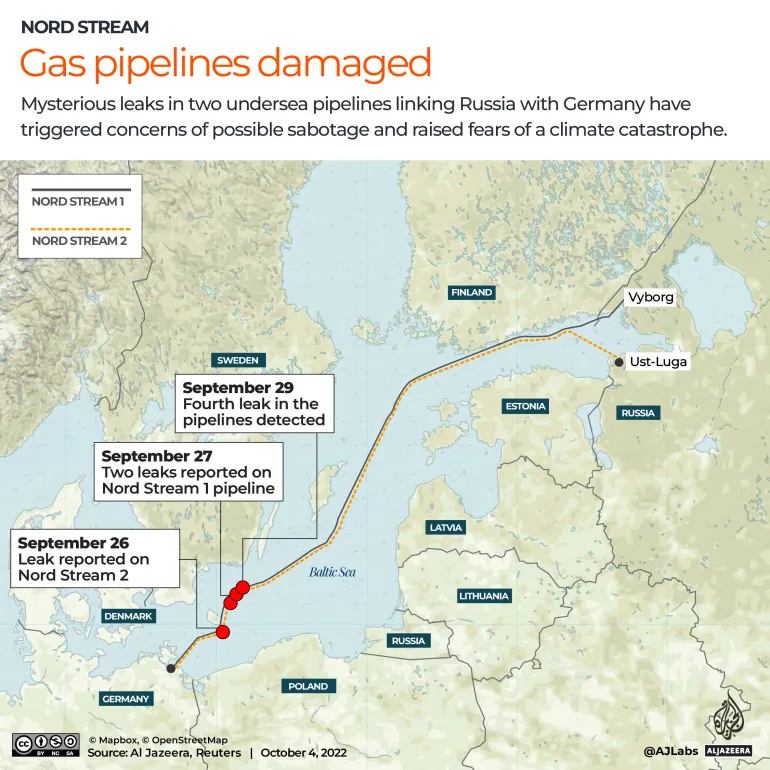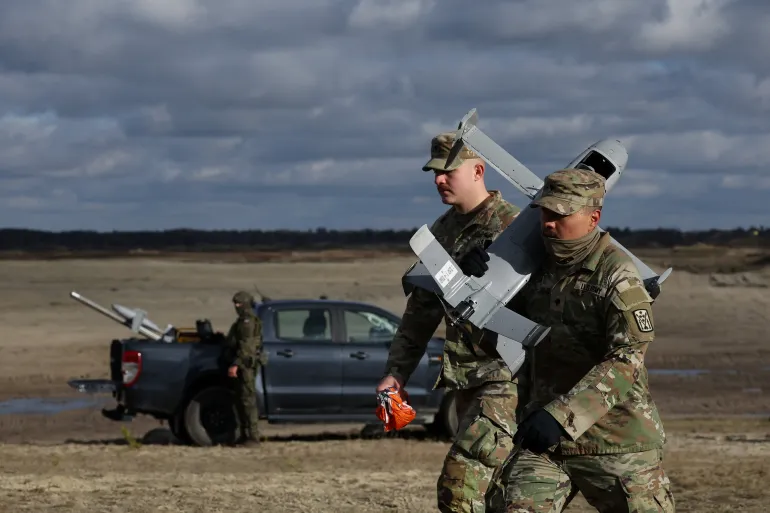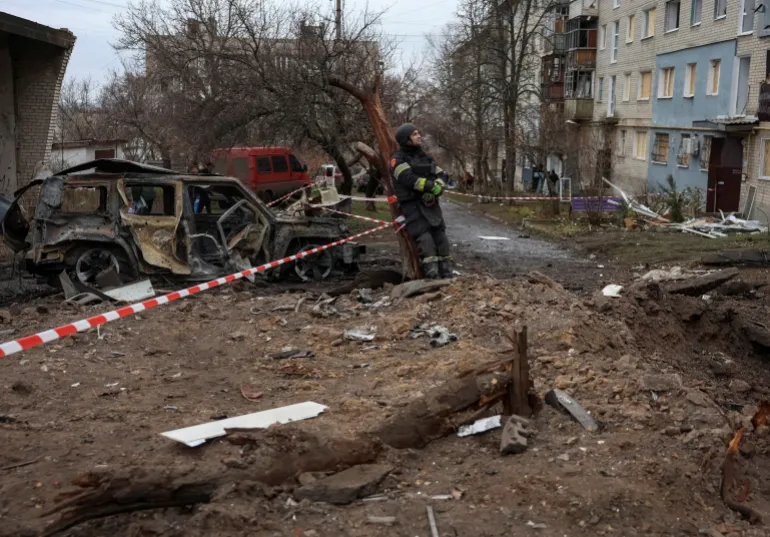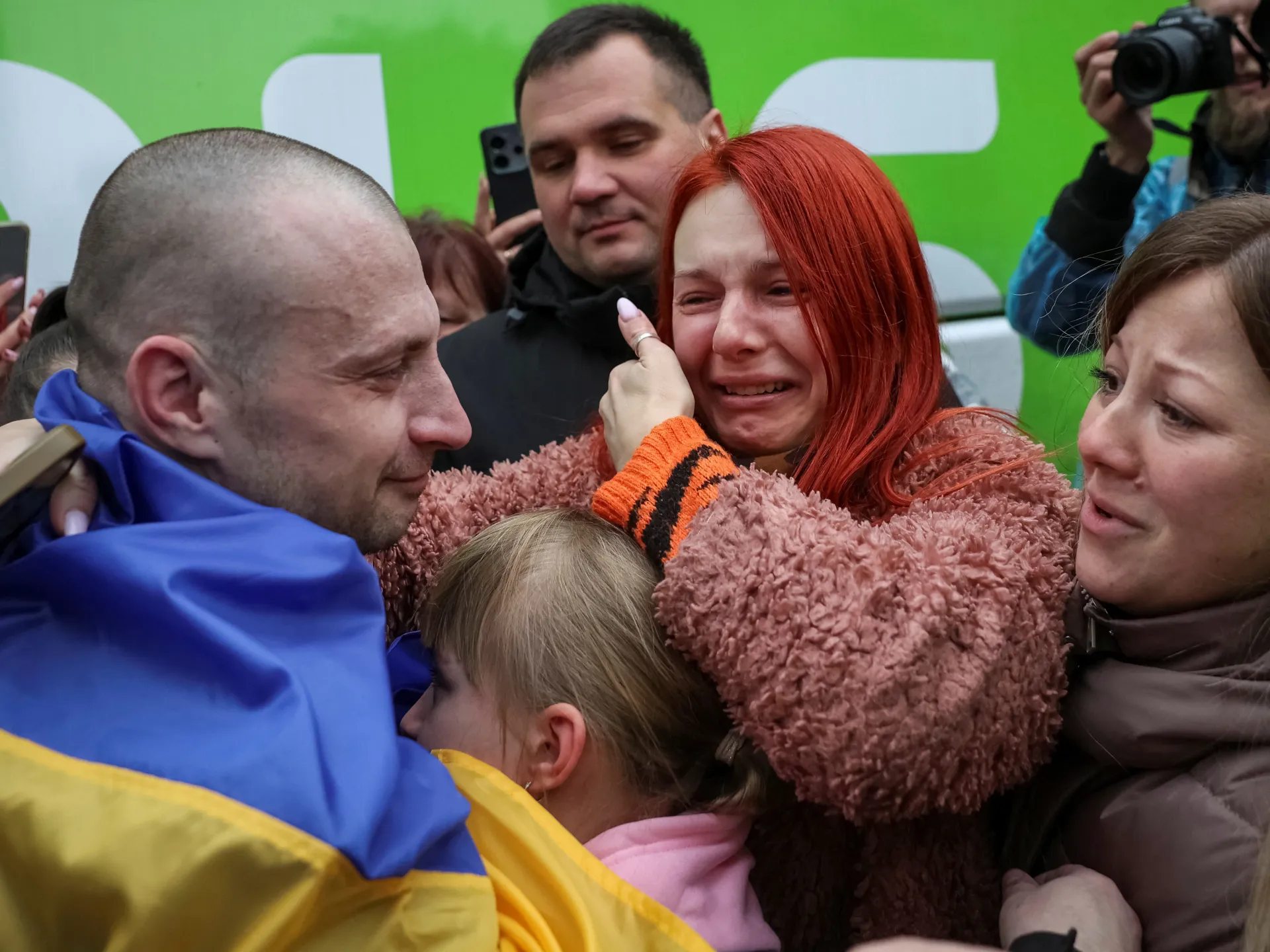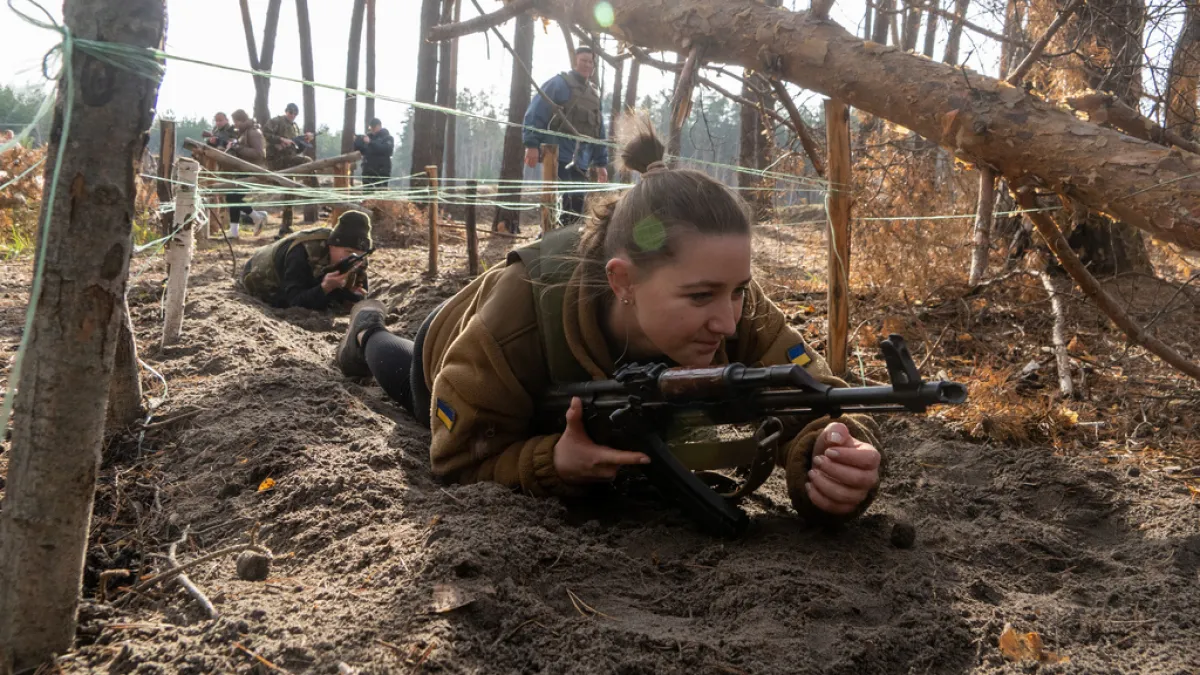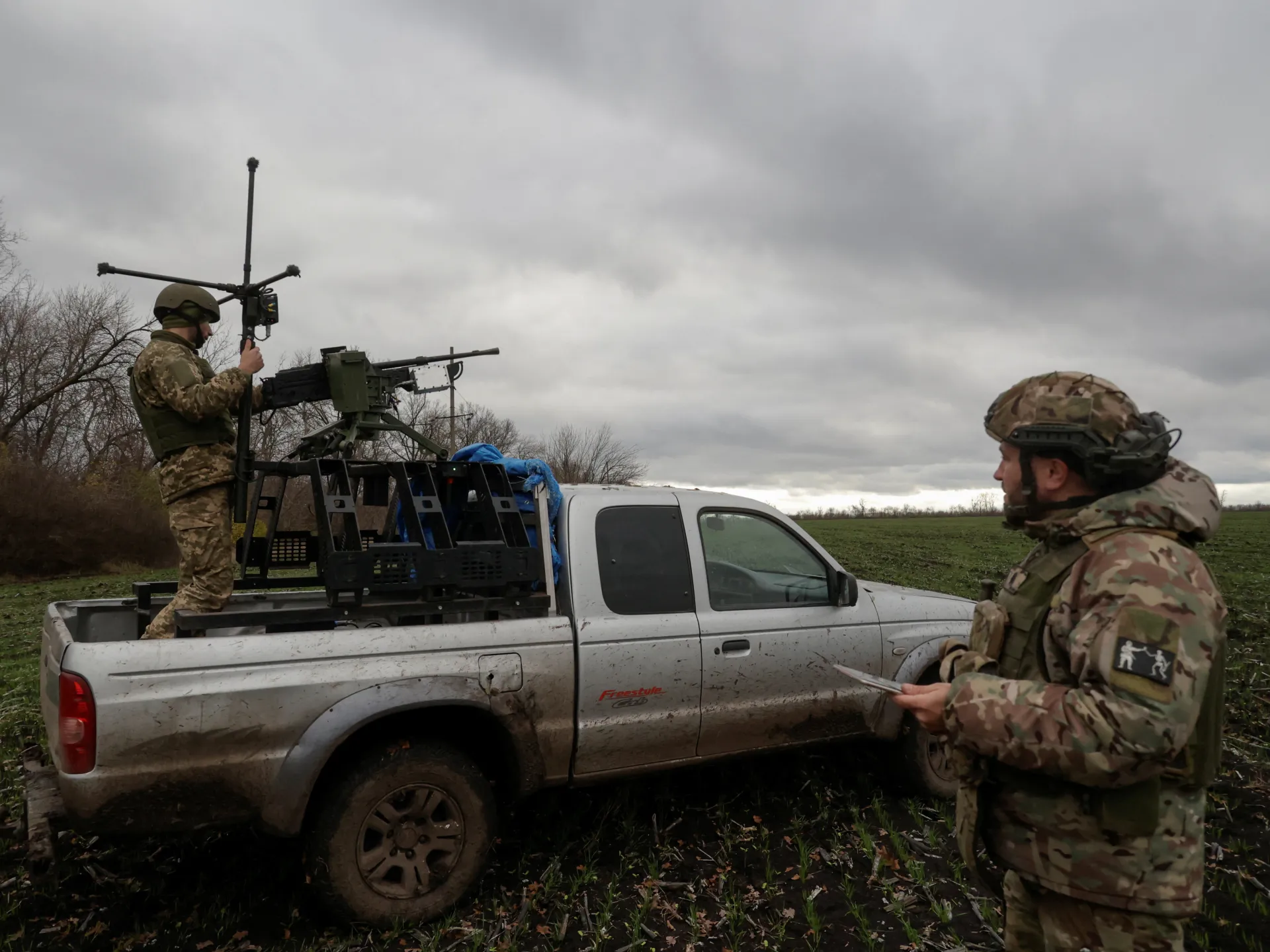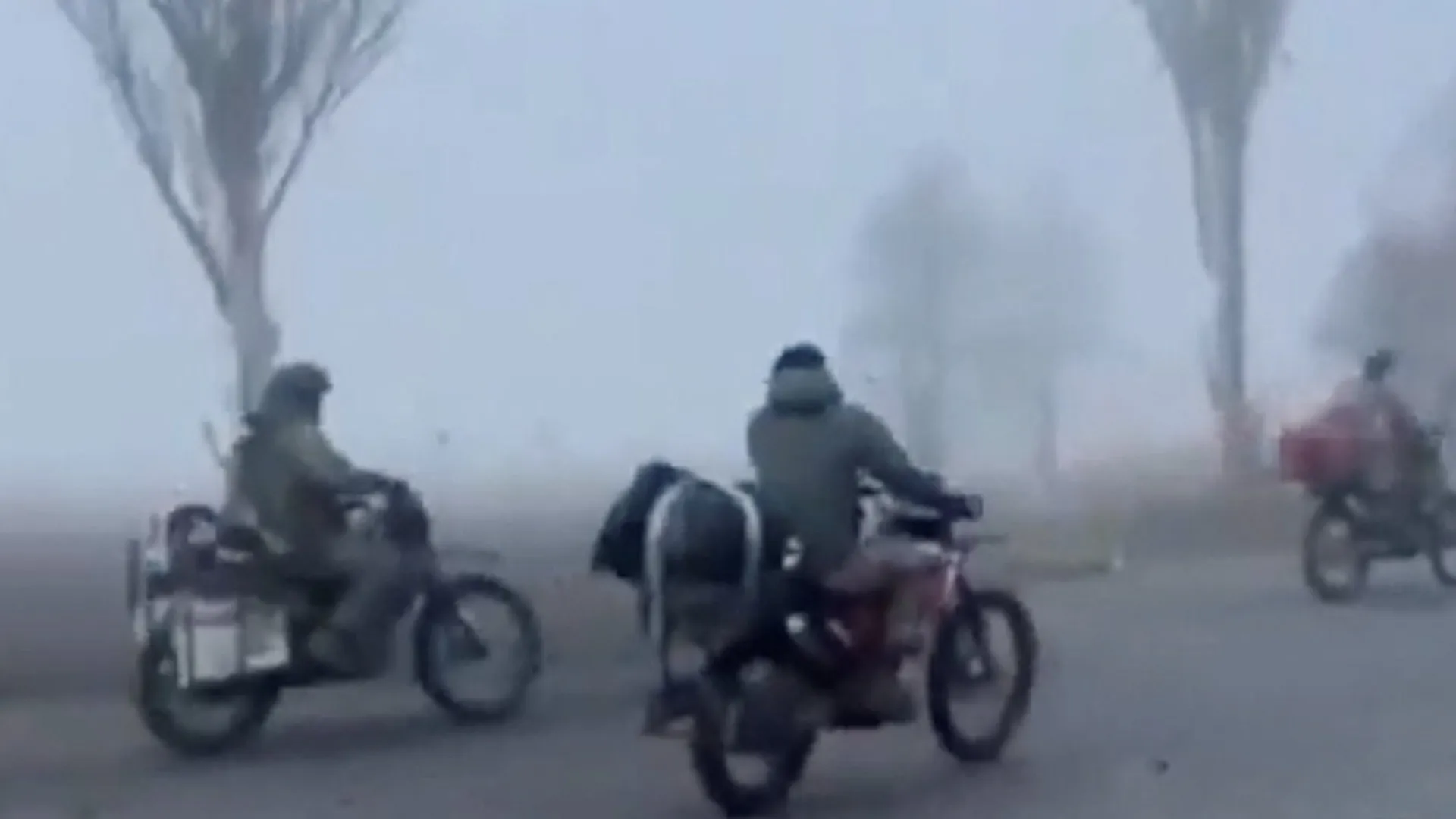European allies of Ukraine have given a cautious welcome to efforts to refine a United States peace proposal initially criticised for appearing to be weighted in favour of Russia’s maximalist demands.
The leaders Germany, Finland, Poland and the United Kingdom were among those agreeing on Monday that progress had been made in the previous day’s talks between Washington and Kyiv in Geneva that yielded what the US and Ukraine called a “refined peace framework”.
Recommended Stories
list of 3 itemsend of list
Still, the European leaders stressed work remained to be done.
“It was possible to clear up some questions, but we also know that there won’t be peace in Ukraine overnight,” said German Chancellor Friedrich Merz, adding that the peace plan initially drafted by the US had been “modified in significant parts”.
He welcomed the “interim result”.
“The next step must be that Russia must come to the table,” he said from Angola, where he was attending a summit between African and European Union countries. “This is a laborious process. It will move forward at most in smaller steps this week. I do not expect there to be a breakthrough this week.”
US President Donald Trump had blindsided Kyiv and its European countries last week with a 28-point peace plan criticised by some as a Russian wish list that called for Ukraine to cede more territory, accept limits on its military and abandon its ambitions to join NATO.
Britain, France and Germany responded by drawing up a counter-proposal that would cease fighting at present front lines, leaving discussions of territory for later, and include a NATO-style US security guarantee for Ukraine, according to a draft seen by Reuters news agency.
UK Prime Minister Keir Starmer said that Ukraine’s allies in the “coalition of the willing” – a broad term for about 30 countries supporting Kyiv – will hold talks about the negotiations on Tuesday by video.
The German Foreign Office said that chief diplomats of Germany, Finland, France, the UK, Italy and Poland consulted Monday with Ukrainian Foreign Minister Andriy Sybiha on further steps toward ending the war.
Also attending the summit in Angola, European Council President Antonio Costa said there was “new momentum” in negotiations.
European Commission President Ursula von der Leyen said the European Union would “engage further tomorrow with our partners from the coalition of the willing”.
‘Big progress’
On Monday, Trump indicated Sunday’s talks had gone well.
“Is it really possible that big progress is being made in Peace Talks between Russia and Ukraine??? Don’t believe it until you see it, but something good just may be happening,” the US President wrote on Truth Social.
Trump had given Ukrainian President Volodymyr Zelenskyy, who is under the doubled pressure of Russia’s continued advance on the front line and a corruption scandal that has tainted his administration, until Thursday to agree to a framework to end the war. He also accused Zelenskyy of showing “zero gratitude” for peace efforts.
Zelenskyy said on X on Monday that he was expecting a full report that evening on the Geneva talks.
“To achieve real peace, more, more is needed. Of course, we all continue working with partners, especially the United States, and look for compromises that strengthen but not weaken us,” he said.
Polish Prime Minister Donald Tusk also said on Monday that negotiations were a “delicate matter” since “no one wants to discourage Americans and President Trump from having the United States on our side in this process”.
The Kremlin said it had not been informed of the results of the Geneva talks, but that it was aware that “adjustments” were made to the US proposal.
In a call with Turkish President Recep Tayyip Erdogan on Monday, Russian President Vladimir Putin repeated his view that the initial US plan could “serve as a basis for a final peace settlement”.
During the call, Erdogan said Turkiye was ready to support efforts to bring Russia and Ukraine together, including helping to facilitate direct talks between the two.
However, Russian presidential aide Yury Ushakov said the European plan appeared “entirely unconstructive and unsuitable for us”, according to a report in the Russian state-run TASS news agency.
Reporting from Moscow, Al Jazeera’s Yulia Shapovalova said Russia was unlikely to accept the European revisions.
“If all Russian conditions and interests are not taken into account, Russia is ready to continue fighting because, according to Vladimir Putin, Russia is pretty successful on the battlefield and it wants to achieve its goals,” she said.
In comments made by video to a meeting at the Swedish Parliament, Zelenskyy had indicated that territory would still be a key sticking point, accusing Russian President Vladimir Putin of seeking “legal recognition for what he has stolen”.
Grim reality
Russia’s invasion of Ukraine has decimated the east of the country, forcing millions to flee their homes, ravaging towns and cities, and killing tens of thousands in Europe’s worst conflict since World War II.
On Monday, the war continued to grind on, with Russian forces keeping up their deadly and devastating strikes on civilian areas while making battlefield advances in Ukraine’s southeastern Zaporizhia region.
Russian drones hit residential areas of Kharkiv, Ukraine’s second-largest city overnight, killing four people and wounding 13, including two children, authorities said.
On Monday, Russian forces struck the city of Pavlohrad in Ukraine’s Dnipropetrovsk region with drones, wounding three people and damaging industrial facilities, according to regional authorities.
That morning, Russian shelling killed a 61-year-old woman in Kherson, according to the military administration of the city in southern Ukraine.
Across the border, Russian air defences downed Ukrainian drones en route to Moscow, forcing three airports serving the capital to pause flights.
A reported Ukrainian drone strike on Sunday knocked power out for thousands of residents near Moscow, a rare reversal of Russian attacks on energy targets that regularly cause power blackouts for millions of Ukrainians.
